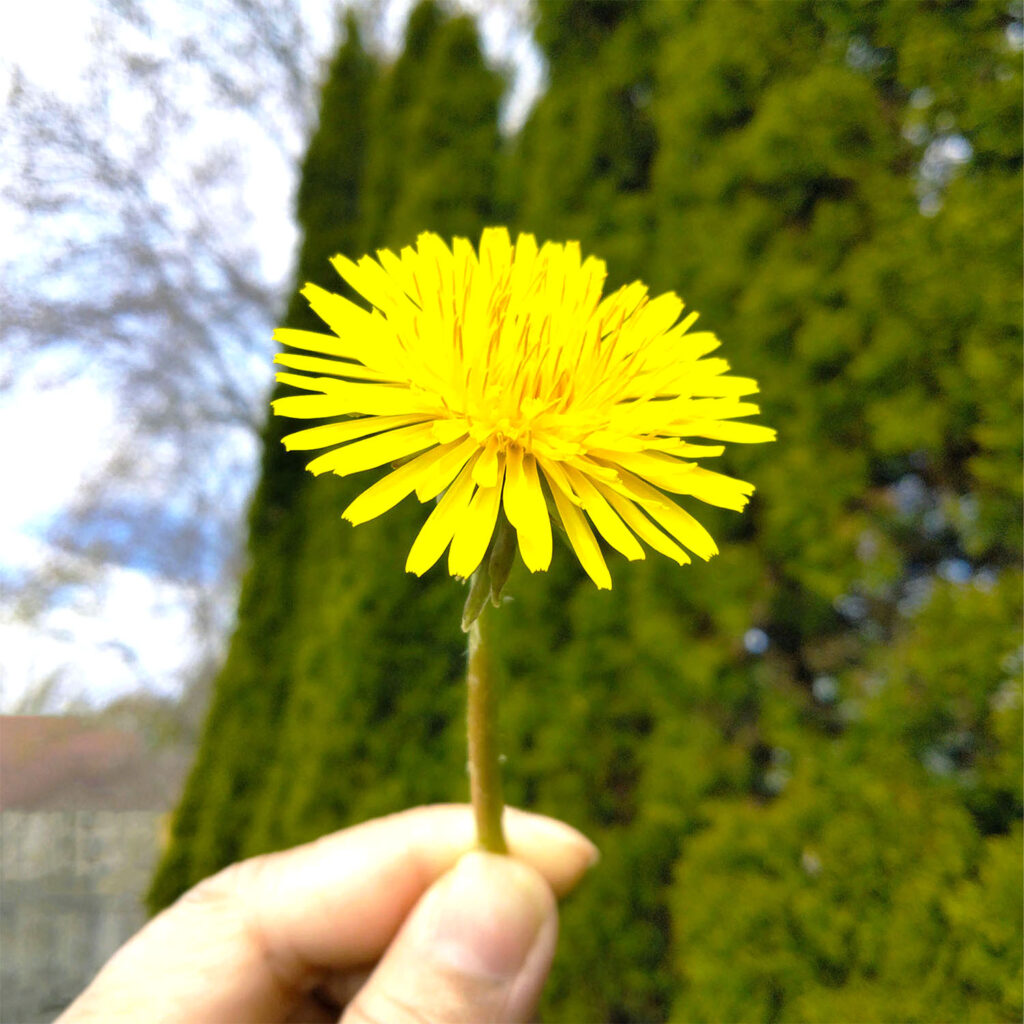The Summer Crush Hydrangea is a stunning addition to any garden, with its bold, raspberry-pink or deep purple blooms. So If you’re looking for a hydrangea that delivers vibrant color and thrives in a variety of garden settings, the Summer Crush hydrangea (Hydrangea Macrophylla ‘Bailmacfive’) is a standout choice This compact and hardy plant is perfect for gardeners seeking vivid color and easy maintenance for their garden.

Summer Crush Hydrangea is a perfect and fantastic choice for your garden if you want bold and interchangeable colorful blooms. With the right care, this hydrangea will thrive and provide breathtaking blooms from late spring to fall.
Growing and Caring for Summer Crush Hydrangea
As a gardener, I can tell you firsthand that this compact, bigleaf hydrangea is a joy to cultivate, offering stunning raspberry-red or deep pink blooms that brighten up any landscape. Whether you plant it in garden beds, borders, or containers, Summer Crush is an easy-to-care-for beauty that will reward you with beautiful blooms.
When to Plant
The best time to plant a Summer Crush Hydrangea is in early spring or fall. Planting during these seasons allows the hydrangea to establish its root system before facing extreme summer heat or winter cold. Ensure that the ground is not frozen and that there’s no immediate risk of frost.
Potted Hydrangea vs. Direct Soil Planting
You can grow Summer Crush Hydrangeas both in pots and directly in the ground, depending on your space and gardening needs. The second year I grew the Summer Crush Hydrangea, I put them in pots. I water them every day when it’s too hot and sometimes every other day when the weather is gloomy
As you can see, they are very healthy because I fertilized and watered them every day and I also used garden soil for the pots. Because the blooms can get too heavy especially when it’s raining, I used sturdy plant stakes to prevent them from drooping.

Potted Hydrangeas:
- Mobility: Pots allow you to move the plant to optimize sunlight exposure or protect it from harsh weather.
- Space Saving: Ideal for small gardens, patios, or balconies.
- Soil Control: Easier to maintain the ideal soil pH and drainage.
- Watering Needs: Potted hydrangeas may dry out faster and require more frequent watering.
Direct Planting:
- Root Growth: Allows the plant’s roots to spread more freely, promoting overall growth.
- Low Maintenance: Requires less frequent watering compared to pots, as soil retains moisture longer.
- Ecosystem Integration: Directly planted hydrangeas support pollinators and soil health more effectively.
- Space Requirements: Requires adequate garden space and careful planning for partial shade.
Choose the method that best suits your lifestyle and garden setup. Both options can result in beautiful, thriving plants with proper care. But, planting big leaf hydrangeas directly into the soil will give you a long-lasting display of color.

Care Tips
- Watering: Keep the soil consistently moist but not waterlogged. During the hot summer months, I spoil my hydrangeas with water. And, I also use mulch around the base of the plant to retain soil moisture and regulate temperature.
- Fertilizing: Feed your hydrangea in early spring with a balanced, slow-release fertilizer. If you want to encourage vibrant blooms, look for a fertilizer formulated for hydrangeas or acid-loving plants. I recommend using this fertilizer. I use this fertilizer for all of my flowering plants.
- Pruning: Summer Crush is a reblooming hydrangea that flowers on both old and new wood. Minimal pruning is needed. In early spring, remove any dead or damaged wood, but avoid heavy pruning, as this can reduce blooms.
- Winter Protection: Although Summer Crush Hydrangeas are hardy to USDA zones 4-9, in colder climates, it’s wise to add a layer of mulch or burlap around the base of the plant to protect it during winter.
Changing Bloom Color
One of the exciting aspects of growing Summer Crush is the ability to influence bloom color. While it naturally produces rich raspberry-red or deep pink blooms, you can also alter the color by adjusting soil pH:
- For Bluer Blooms: Lower the soil pH by adding aluminum sulfate.
- For More Intense Pinks: Keep the soil more alkaline by adding garden lime.
Safety Tips for Pets
While the Summer Crush Hydrangea is a joy to behold, it’s important to note that hydrangeas contain compounds called cyanogenic glycosides, which can be toxic to pets if ingested. Symptoms may include vomiting, diarrhea, and lethargy. As for my dog, he would not go near hydrangea but, to keep your pets safe:
- Place the plant in areas inaccessible to pets.
- Supervise outdoor playtime if your hydrangea is in the garden.
- Consult your veterinarian immediately if you suspect your pet has consumed any part of the plant.
Conclusion
The Summer Crush Hydrangea is a low-maintenance, high-impact plant that can transform your garden with its vibrant blooms and compact growth habit. By planting it in the right location, providing proper care, and taking precautions for your pets, you can enjoy its beauty for years to come. Happy gardening!
Plants with Beautiful Blooms:
Some links on this blog are affiliate links. If you click on these links and make a purchase, I may earn a small commission, at no extra cost to you. Thank you for your support.








4 Comments
Comments are closed.